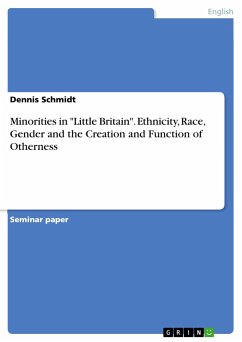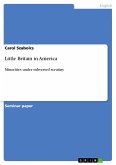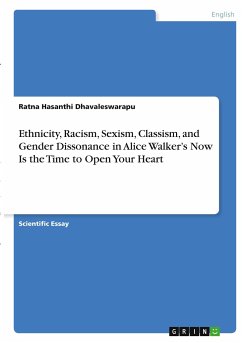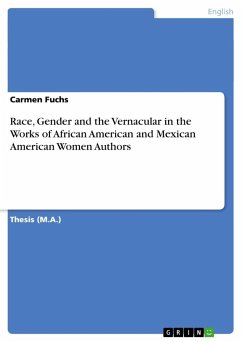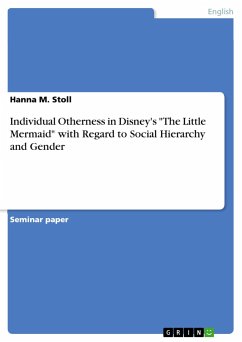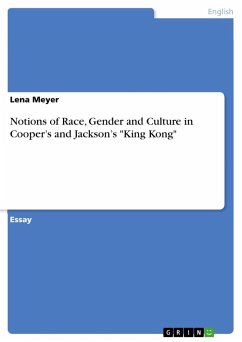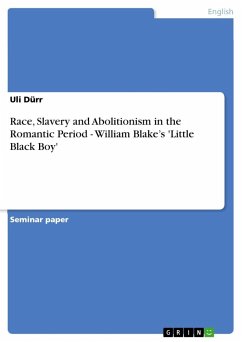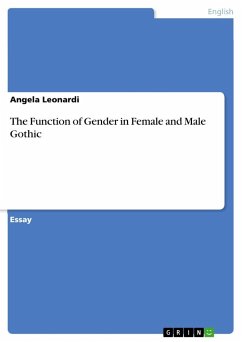Seminar paper from the year 2015 in the subject English Language and Literature Studies - Culture and Applied Geography, grade: 3,0, Ruhr-University of Bochum, course: British Humour, language: English, abstract: "Little Britain" is one of the most popular comedy productions. But what makes it that popular and funny? Without any doubt one considerable reason are the minorities in British society, who become the butt of jokes: Immigrants, homosexuals, transvestites, people with special needs or those of different ethnicity.Making fun of minorities, however, also evokes criticism: Johann Hari (2005), commentator of The Independent, for instance, claims that "[Little Britain] is cluttered with ugly prejudices". Thus, the question occurs if Little Britain really entertains on behalf of minorities, implying racism and hate towards minorities.In this paper I will try to answer this question by introducing Homi K. Bhabha's theory of defining ethnic and racial minorities and by asking ifconsolidated views on Asians and Africans become the humoristic substance for two main characters in Little Britain, the Asian lady-boy Ting Tong Macadangdang and Marjorie Dawes, the leader of a weight loss support group.In the next chapter I will focus on gender minorities, who will be introduced by Judith Butler's work on sex and gender. Her performance and performative theory shall help to analyze the two transvestites Emily and Florence and the young homosexual man named Daffyd Thomas from a small Welsh village.Chapter four summarizes the findings and tries to answer the question how exactly Little Britain works with making fun of minorities.
Hinweis: Dieser Artikel kann nur an eine deutsche Lieferadresse ausgeliefert werden.
Hinweis: Dieser Artikel kann nur an eine deutsche Lieferadresse ausgeliefert werden.

